Dane Cameron opened up on his transition to LMP2 racing with AO Racing after his Le Mans class victory and is fighting for two championship titles.
After numerous attempts, the American driver from Glen Ellen, California, finally secured his maiden victory at the 24 Hours of Daytona in 2024 — and later capped off the year by winning the IMSA SportsCar Championship GTP title with Felipe Nasr.
After Porsche Penske adjusted their driver line-up for the 2025 season, the four-time IMSA champion pursued the exciting landscape of LMP2 racing with AO Racing, one of the newest programmes.
Riding high from his standout 2024 campaign, Cameron made the bold move from his long-time Penske affiliation to join the privateer AO Racing team for 2025, with notable success so far after winning the LMP2 Pro/Am category – third in the combined LMP2 classification – at last month’s 24 Hours of Le Mans.
He currently leads the European Le Mans Series (ELMS) and is second in IMSA’s LMP2 standings, the latter of which saw him and PJ Hyett boosted from third after winning at the Canadian Tire Motorsport Park sprint round – the first sprint race of the season for the LMP2 category.
Motorsport Week caught up with Cameron to hear about rounding off a successful 2024 IMSA season and how his decision to commit to the LMP2 category is faring so far, halfway through 2025.
“Timing is always critical in these situations,” he said.
“It became clear at a certain point that I wasn’t going to be back with the Porsche project, regardless of how the year ended.
“So, I was looking for a new opportunity – that’s just how it goes sometimes. Maybe I was a bit late, or the timing wasn’t quite right for other GTP seats.
“I started looking around, seeing what was out there and what might be a good fit. AO Racing in LMP2 stood out.
“Talking to Gunner Jeannette (AO Racing team principal, former driver and Le Mans class winner) and PJ Hyett about their vision for the future, it felt like a great fit.
“They were looking for someone like me, and I thought, yeah, let’s give this a shot.”
During his 2024 GTP campaign, Cameron stood on the podium seven times with wins at Daytona and the Six Hours of the Glen.
His previous title-winning season was in 2019 in Acura Team Penske’s Acura ARX-05 DPi.
Comparing the switch from Penske to AO Racing
“Very different, of course,” he said on his transition away from one of motorsport’s largest racing operations.
“I really enjoyed my time at Penske – two stints there, probably six seasons in total.
“A lot of great memories and opportunities. Driving an IndyCar for Roger [Penske], even just for a couple of days, was incredibly special.
“To be part of those factory-backed programmes is something we all aim for in sports car racing.
“You learn so much working with manufacturers, developing cars — it’s an invaluable experience.
“Now I get to bring that experience to a younger team like AO.”
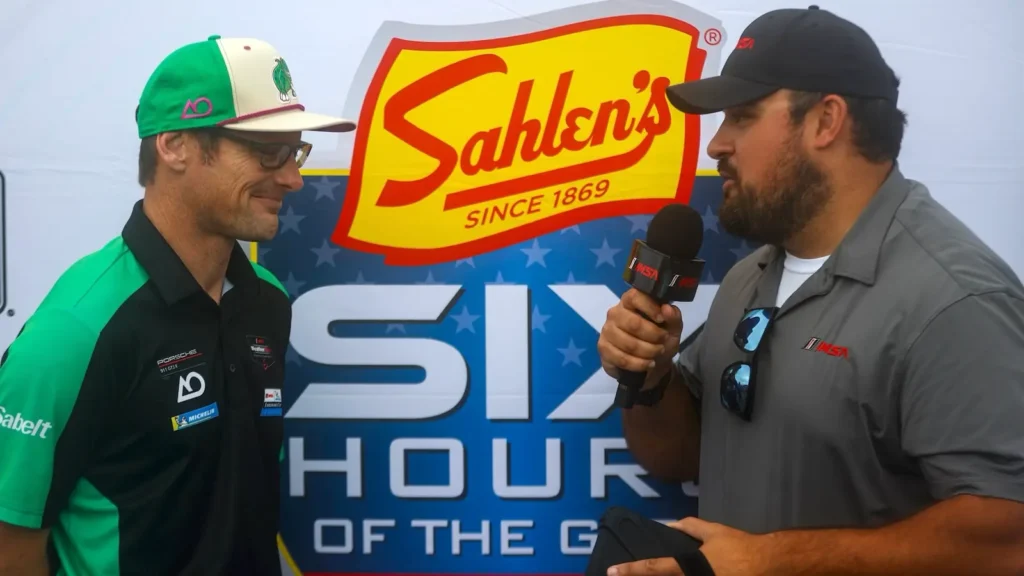
PJ Hyett and Gunnar Jeannette founded AO Racing in 2022, launching their project in the GTD class of IMSA with the iconic ‘Rexy the Tyrannosaurus Rex’ before stepping into GTD Pro and taking the 2024 title.
In 2024, they launched their LMP2 project with ‘Spike the Dragon‘, their #99 Oreca 07 LMP2 car. The LMP2 effort expanded into the Asian Le Mans Series and ELMS, partnering with three-time Le Mans winners TF Sport.
“I wouldn’t call AO small, but it’s newer and still growing,” he added.
“That’s where I come in — to help guide the [LMP2] programme, not just with performance, but with experience.
“The team’s added new people in the background too, so it’s not just me.
“It’s definitely different from a big two-car factory setup where you’re surrounded by pros.
“But I’ve always been confident leading projects, working on car development and setup. I’m very comfortable in this kind of environment. It’s a fun challenge.”
From the complexities of GTP to the fundamentals of LMP2
The GTP or Hypercar platform of LMDh or Le Mans Hypercar machinery features the pinnacle of technological advancement in prototype sports car racing, particularly with the use of complex hybrid systems.
Despite the choice of four chassis manufacturers, all LMP2 racing teams currently use the Oreca 07 package, so driver skill is key to stand out in the ultra-competitive landscape of the category.
“It’s been pretty smooth,” Cameron summarised his transition from GTP to LMP2.
“I was already familiar with the car in different configurations (having driven DPi and LMDh machinery, which use current and next-generation Oreca LMP2 chassis platforms), and we’ve got strong engineers on board, so we had good cars right from the start.
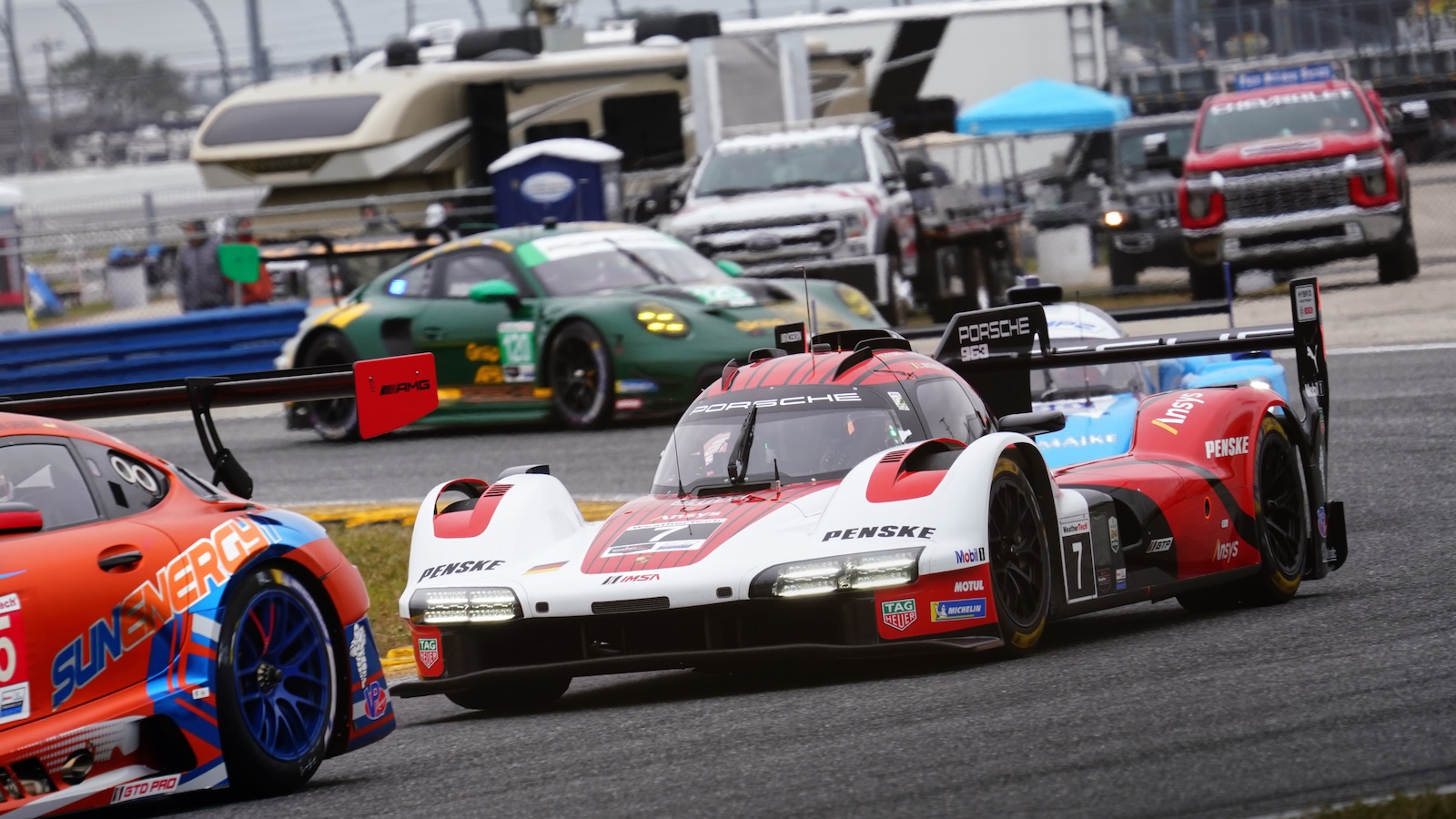
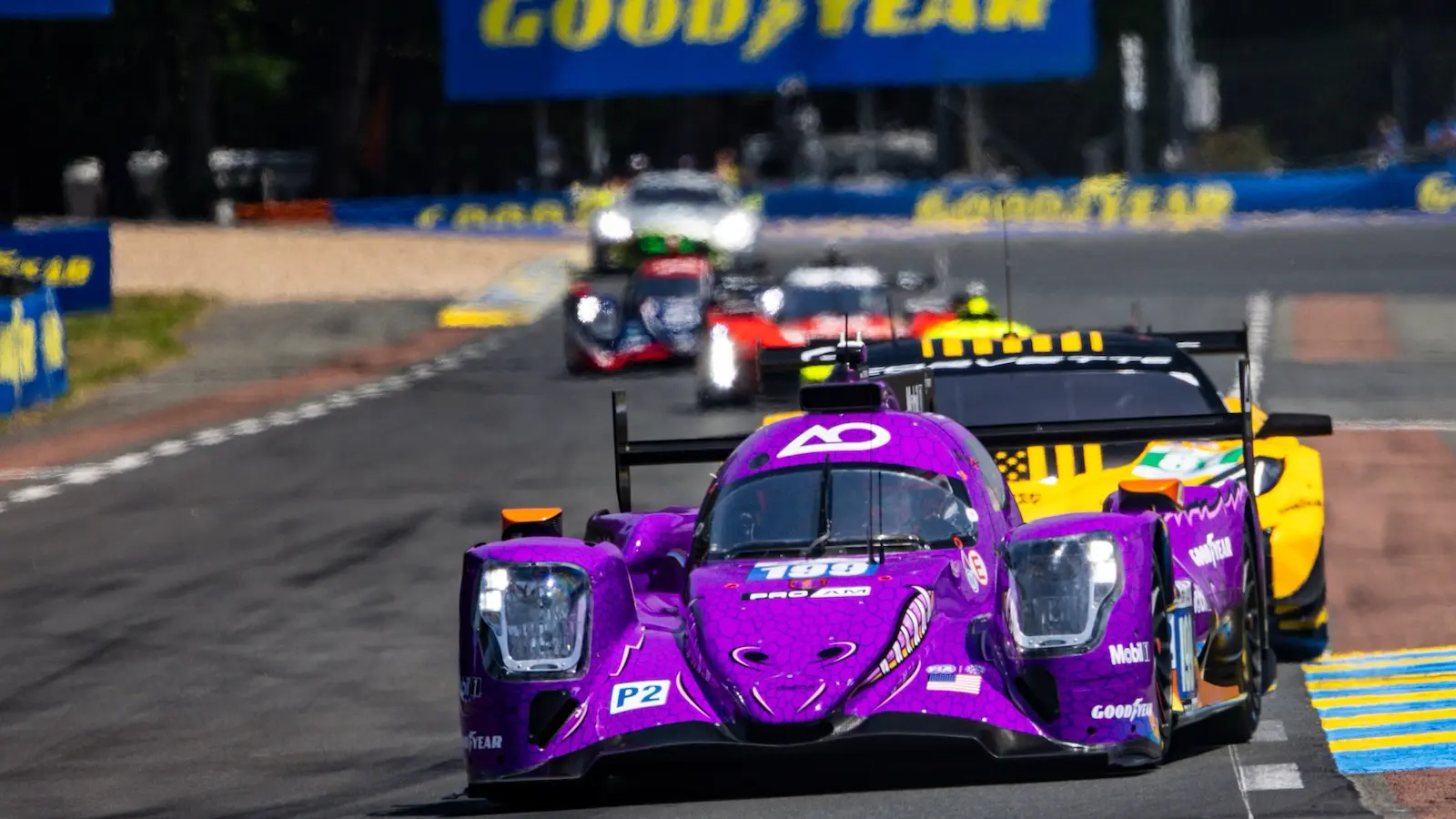
“The [Oreca] car is lighter, smaller, maybe even has more peak downforce, though less power. It’s easy to drop into.
“The biggest adjustment was learning the limitations — what you can and can’t touch.
“In factory programmes like Acura or Porsche, if I wanted to move a button or change a light colour, we could.
“In LMP2? It’s all ‘no, no, no.’ So understanding the box you have to work within was the real challenge.
“That said, it’s also kind of refreshing.”
Working with PJ Hyett, settling in at AO Racing
“Coming from the Penske Porsche Motorsport project – a huge operation – it’s refreshing to go back to a tight-knit team.
“At Daytona last year, we had over 100 people to run two cars [with Porsche Penske].
“AO is smaller, more of a family feel.
“PJ is very competitive and has a lot of raw talent.”
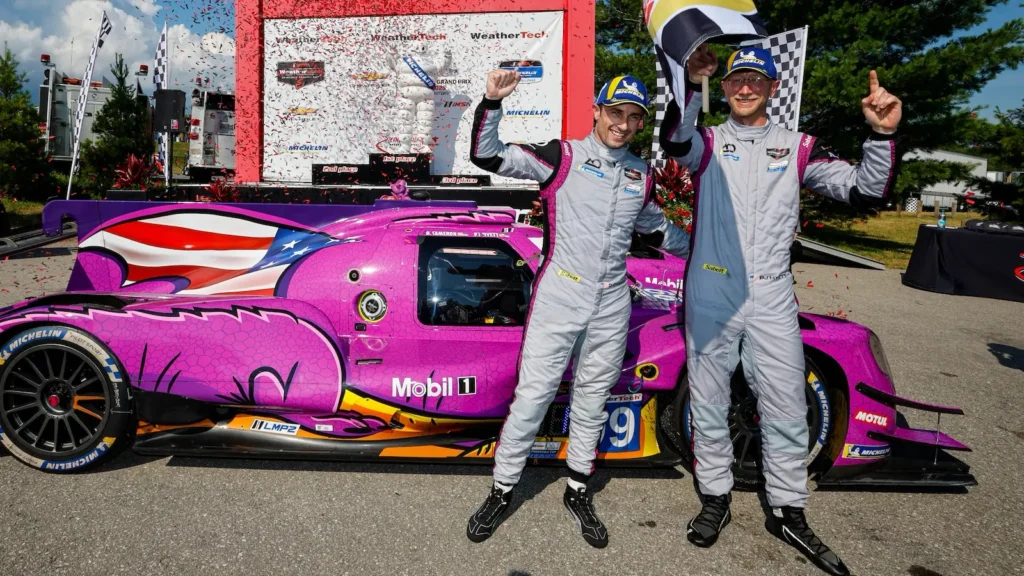
Cameron partners with Hyett as full-season drivers in IMSA, as well as in the ELMS, along with a third driver, Louis Deletraz.
Cameron explained Hyett’s enthusiasm for the sport and his passion for contributing to a strong race result.
“In Pro-Am racing, the Am driver is hugely important, and PJ wants to be part of the result – not just do his time and hand over the car. That’s awesome to see.
“He’s very receptive to coaching […] I try to share everything I’ve learned – all the mistakes, all the traps I’ve seen.
“He’s still relatively new to the sport, and I’ve got nearly two decades in it, so I want to help him catch up quickly.
“Most of all, I try to keep it fun for him; it’s not a hobby, but it is a choice – and it should be enjoyable.
“I race best when I’m enjoying it, and I think that rubs off on the team.
“We stay professional, work hard, but make sure there’s room for some laughs too.”
Racing on European circuits through ELMS
“I’d never done ELMS before,” he admitted.
“I did some WEC and a lot of Porsche testing in Europe, so I’d seen some of the tracks.
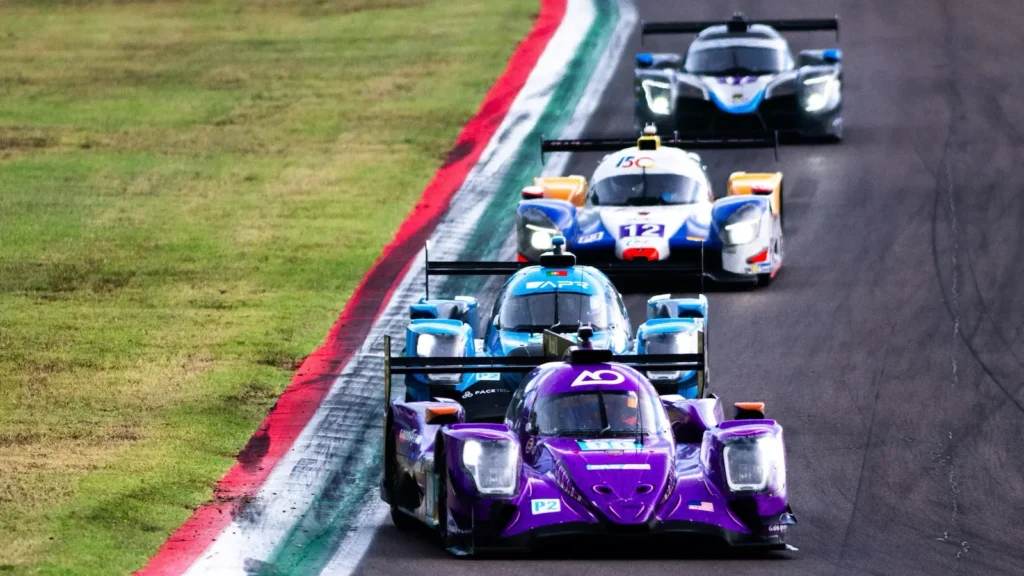
“But I’d spent my whole career mostly in the U.S., and it always bugged me that I wasn’t getting opportunities in Europe, even while beating some of the drivers who were.
“When I joined Porsche, I pushed hard to do WEC. I wanted to test myself somewhere new. It was difficult, but that drive is still there.
“Now with ELMS, it fits nicely with the LMP2 calendar and keeps me racing more often.
“Same car, same crew, just a different tyre (Goodyear in ELMS/Le Mans, Michelin in IMSA).
“The races are more wheel-to-wheel. WEC sometimes felt like I was driving alone.
“In ELMS, the field is tight and aggressive – more like IMSA in that way.
“With limited testing these days, I jumped at the chance to do more driving.”
AO Racing’s LMP2 Pro/Am Le Mans victory
The #199 AO Racing by TF Sport Oreca not only dominated the sub-category, Pro/Am, but even secured third place in the entire 16-car LMP2 field.
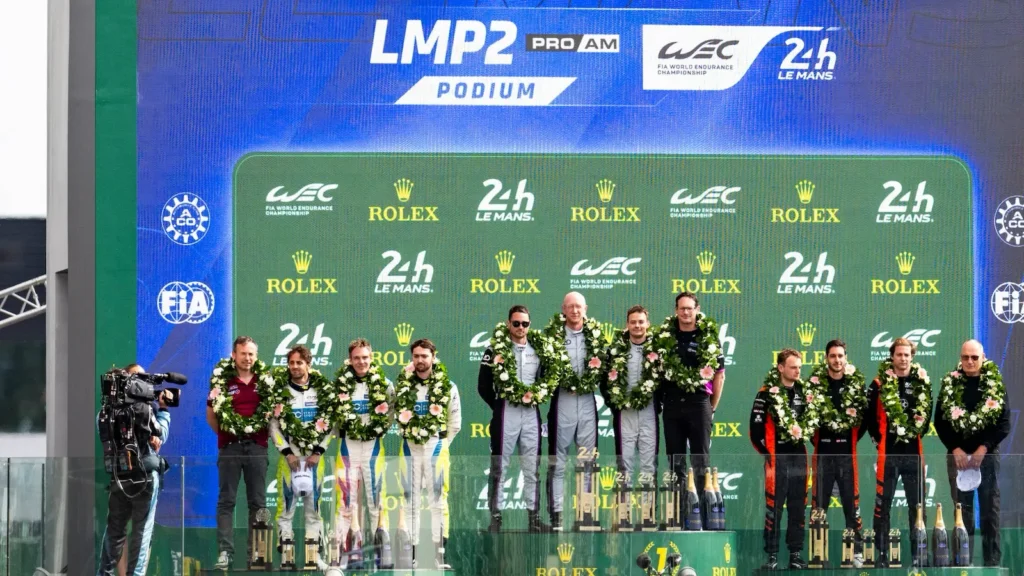
“Honestly, it was one of those dream weeks,” he reminisced. “We had pace from the start, easy speed in the race car.
“As soon as I knew we were doing Le Mans, I believed we could win in Pro-Am.
“We had consistency, a line-up that was already gelling in ELMS, and we kept working forward through the season.
“We avoided mistakes, stayed clean, didn’t draw penalties or suffer any mechanicals. That makes a huge difference.
“Everything just worked. It felt like the race chose us. We got to the front early and kept pulling away.
“You’re always scared something might go wrong in a 24-hour race – but nothing did. It was nearly perfect. I’m incredibly proud of that effort.”
Comparing two iconic 24-hour races, Le Mans and Daytona
Cameron first competed at the Daytona 24 Hours in 2009, as his first Le Mans was in 2022 with the Penske LMP2 effort.
Aside from being twice-around-the-clock endurance events, there are many differences between the two from a driver’s perspective.
“Daytona’s always more frantic,” he compared.
“It’s a short lap with a big field, so traffic is constant.
“Le Mans spreads everything out.
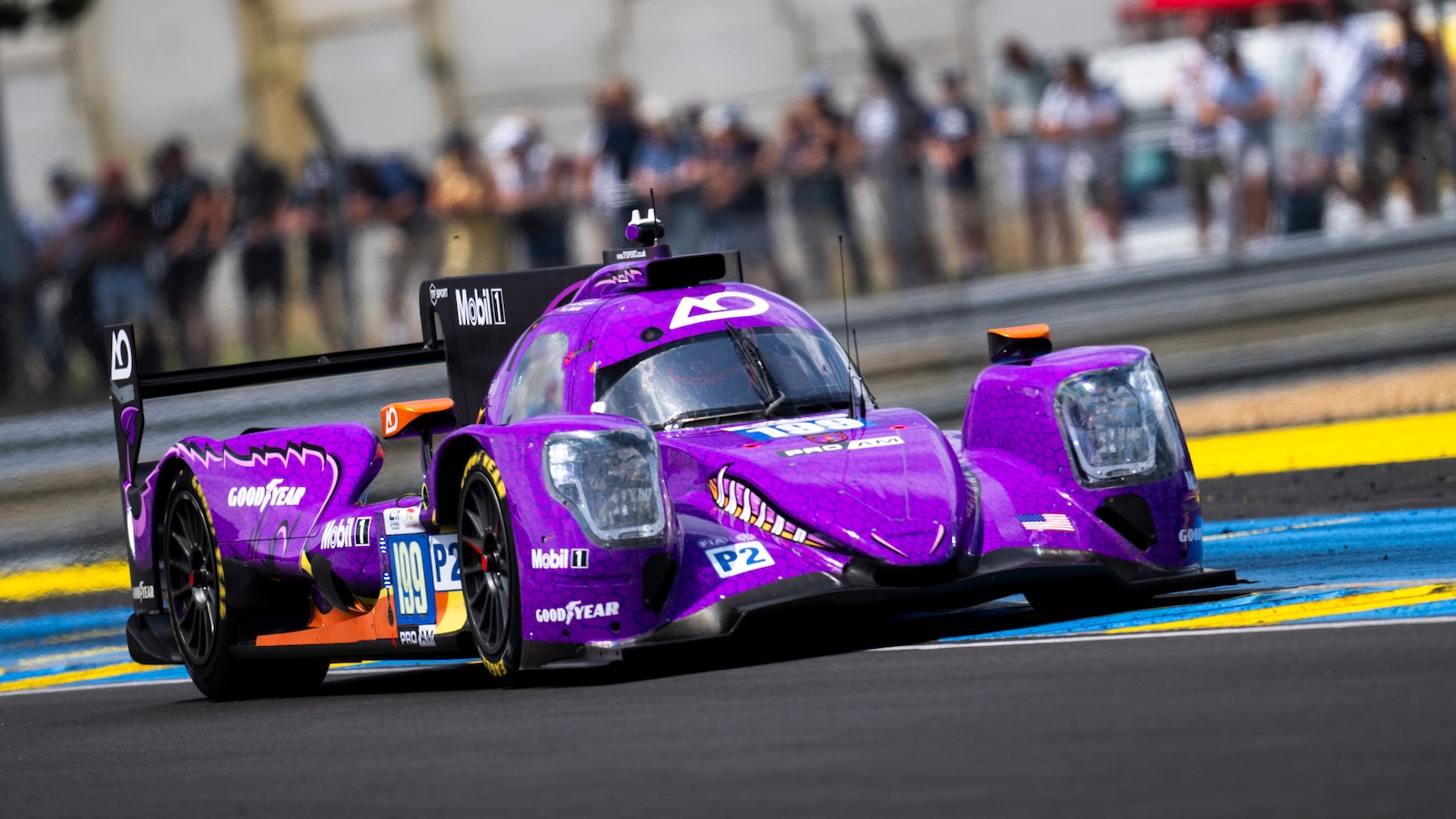
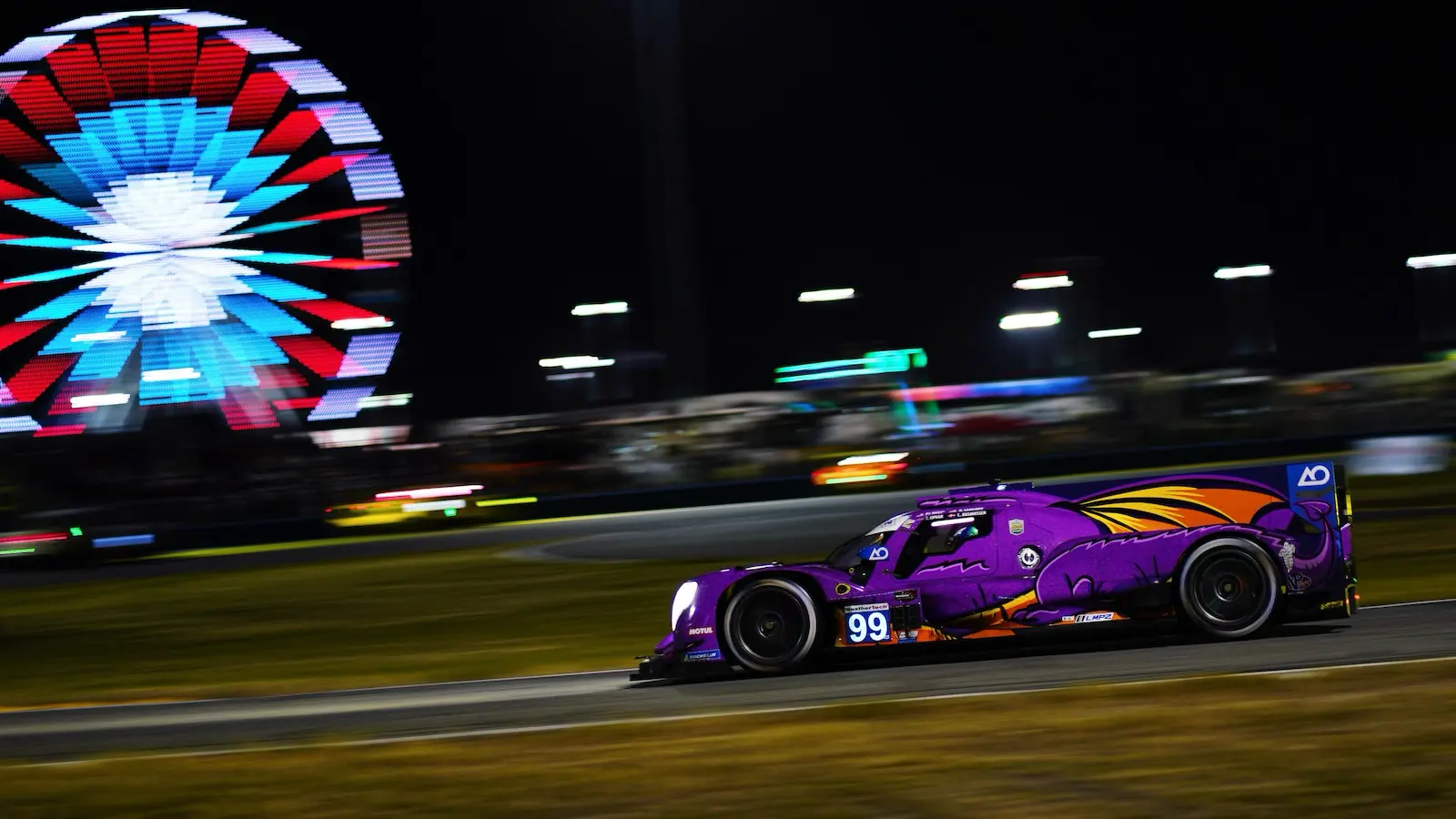
“There are fewer safety car bunch-ups (only one in this year’s race), so once you pull a gap, it can stick.
“Daytona? You’re always one caution away from losing that lead. Le Mans is more about being fast and flawless.
“I love both races, but they demand different mentalities. Daytona’s cruel — it’s taken wins away from me more than once.
“That’s why last year’s win meant so much.”
The key to chasing ELMS and IMSA titles
AO Racing by TF Sport leads the ELMS LMP2 Pro/Am standings by four points over Proton Competition after recently beating them to victory at the 4 Hours of Imola.
And after winning the IMSA Canadian Tire Motorsport Park sprint race, spirits are high at AO Racing, but the season is far from over.
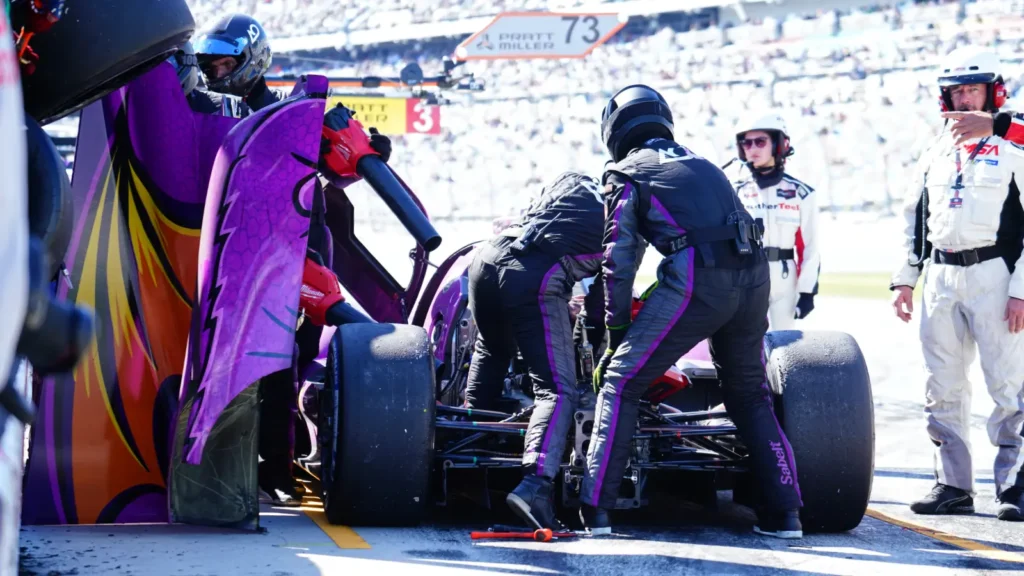
“We started a bit behind in both – had some failures, but also had pace,” he said candidly.
“We’ve had our bad luck,” he referenced their issues at the 24 Hours of Daytona when Christian Rasmussen struggled to restart the car after pitting late from the lead.
“We can’t afford any more, especially in IMSA.
“But I really believe we can win both titles. Momentum is good. PJ’s confident.
“Everyone’s working well. So yeah, full speed ahead.”
As Cameron, and Hyett, sit at the sharp end of the standings on both sides of the Atlantic, their 2025 LMP2 campaign could return great success and championship glory — but only if the results deliver through to the end.
READ MORE – PJ Hyett (AO Racing) on his ‘phenomenal’ time to victory at CTMP

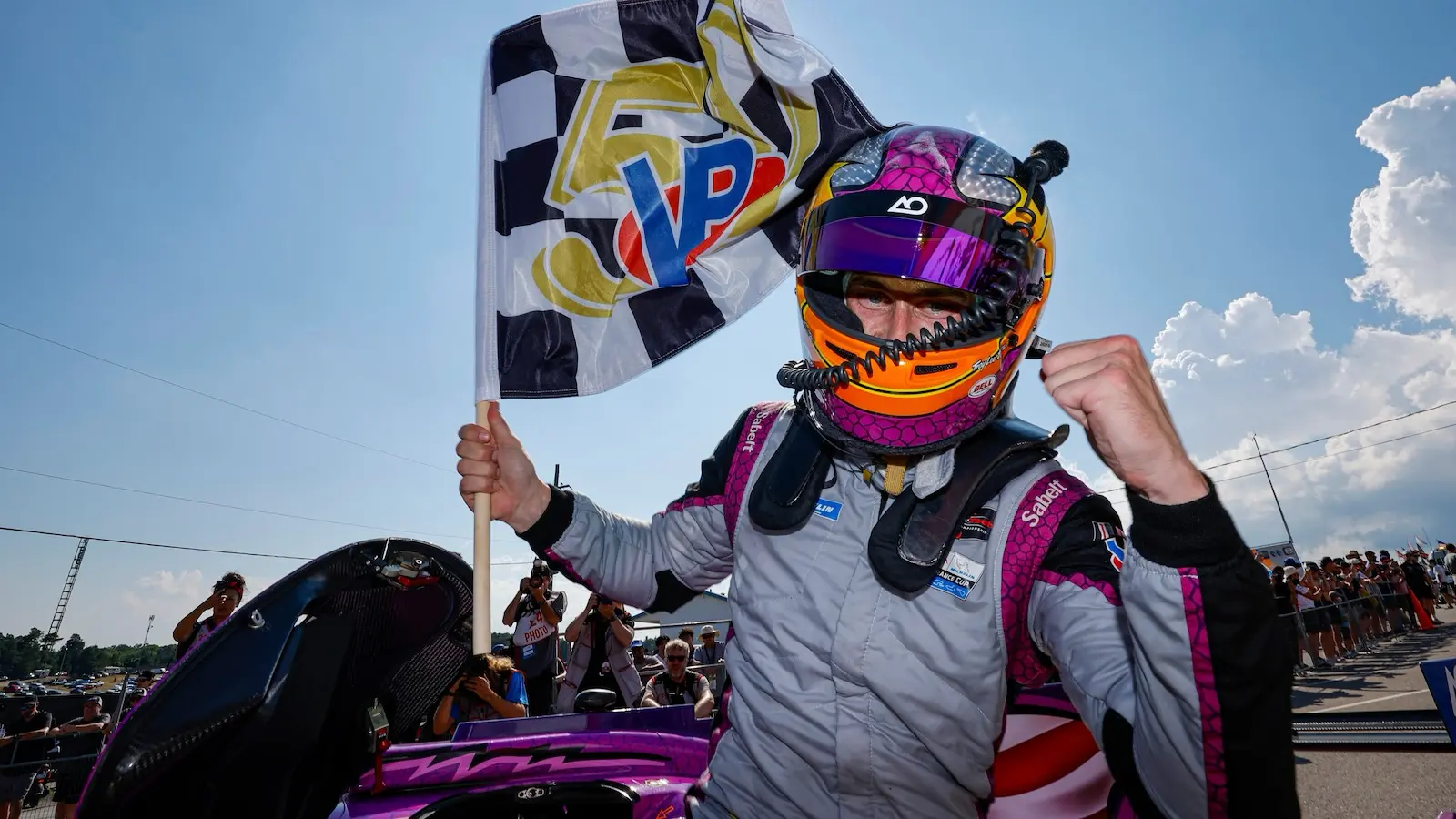


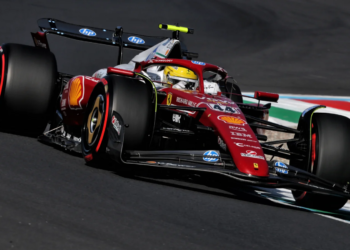
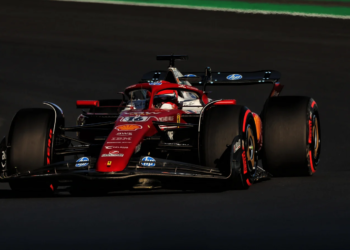
![Ferrari has revealed that Charles Leclerc [pictured] being given a tow by Lewis Hamilton was not seriously discussed](https://www.motorsportweek.com/wp-content/uploads/2025/09/Charles-Leclerc-Ferrari-Italian-GP-qualifying-350x250.webp)



Discussion about this post